
Filter News
Area of Research
- (-) Clean Energy (104)
- (-) Neutron Science (49)
- Advanced Manufacturing (5)
- Biological Systems (3)
- Biology and Environment (63)
- Building Technologies (1)
- Climate and Environmental Systems (1)
- Computational Engineering (1)
- Computer Science (2)
- Data (1)
- Electricity and Smart Grid (1)
- Energy Sciences (1)
- Fossil Energy (1)
- Fuel Cycle Science and Technology (1)
- Fusion and Fission (19)
- Fusion Energy (3)
- Isotope Development and Production (2)
- Isotopes (15)
- Materials (97)
- Materials Characterization (2)
- Materials Under Extremes (1)
- National Security (26)
- Nuclear Science and Technology (8)
- Sensors and Controls (1)
- Supercomputing (90)
- Transportation Systems (1)
News Topics
- 3-D Printing/Advanced Manufacturing (15)
- Artificial Intelligence (1)
- Big Data (1)
- Bioenergy (3)
- Biology (2)
- Biomedical (2)
- Biotechnology (2)
- Buildings (12)
- Chemical Sciences (8)
- Clean Water (2)
- Climate Change (3)
- Composites (6)
- Coronavirus (2)
- Critical Materials (2)
- Cybersecurity (2)
- Decarbonization (15)
- Energy Storage (15)
- Environment (5)
- Fossil Energy (2)
- Grid (12)
- High-Performance Computing (1)
- Hydropower (1)
- Machine Learning (2)
- Materials (14)
- Materials Science (6)
- Mercury (1)
- Microelectronics (1)
- Microscopy (1)
- Nanotechnology (2)
- National Security (2)
- Net Zero (1)
- Neutron Science (28)
- Nuclear Energy (1)
- Partnerships (7)
- Physics (2)
- Polymers (1)
- Renewable Energy (1)
- Security (1)
- Simulation (2)
- Space Exploration (1)
- Sustainable Energy (5)
- Transportation (14)
Media Contacts

Brian Davison, a researcher at the Department of Energy's Oak Ridge National Laboratory, has been awarded a 2017 fellowship by the Society for Industrial Microbiology and Biotechnology (SIMB).

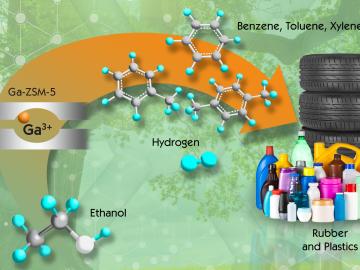
A simplified catalyst production process developed by Oak Ridge National Laboratory could double the output of high-value chemicals used in making materials found in soda bottles and tires. Scientists found that single gallium cations are the key to increasing production of ben...
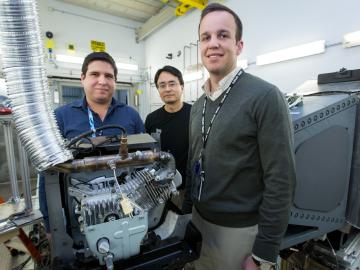

Researchers used neutrons to probe a running engine at ORNL’s Spallation Neutron Source
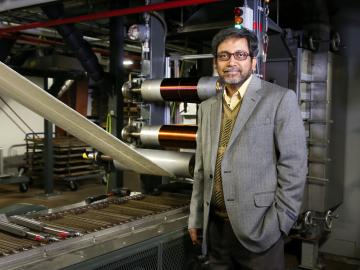
Finding new energy uses for underrated materials is a recurring theme across Amit Naskar’s research portfolio. Since joining Oak Ridge National Laboratory in 2006, he has studied low-cost polymers as carbon fiber precursors, turning lignin−a byproduct of biofuel production−into renewable thermoplastics and creating carbon battery electrodes from recycled tires.
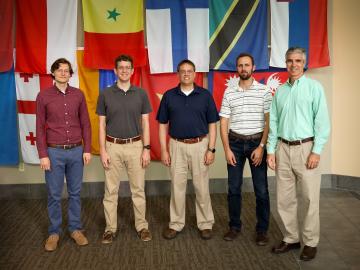

A new manufacturing method created by Oak Ridge National Laboratory and Rice University combines 3D printing with traditional casting to produce damage-tolerant components composed of multiple materials. Composite components made by pouring an aluminum alloy over a printed steel lattice showed an order of magnitude greater damage tolerance than aluminum alone.
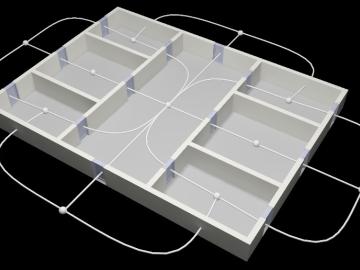
A new tool developed at Oak Ridge National Laboratory can help homeowners and builders calculate energy loss when air leaks through a building’s envelope, the physical barrier separating the interior and exterior. Starting with specific building metrics, the calculator analyzes multiz...



